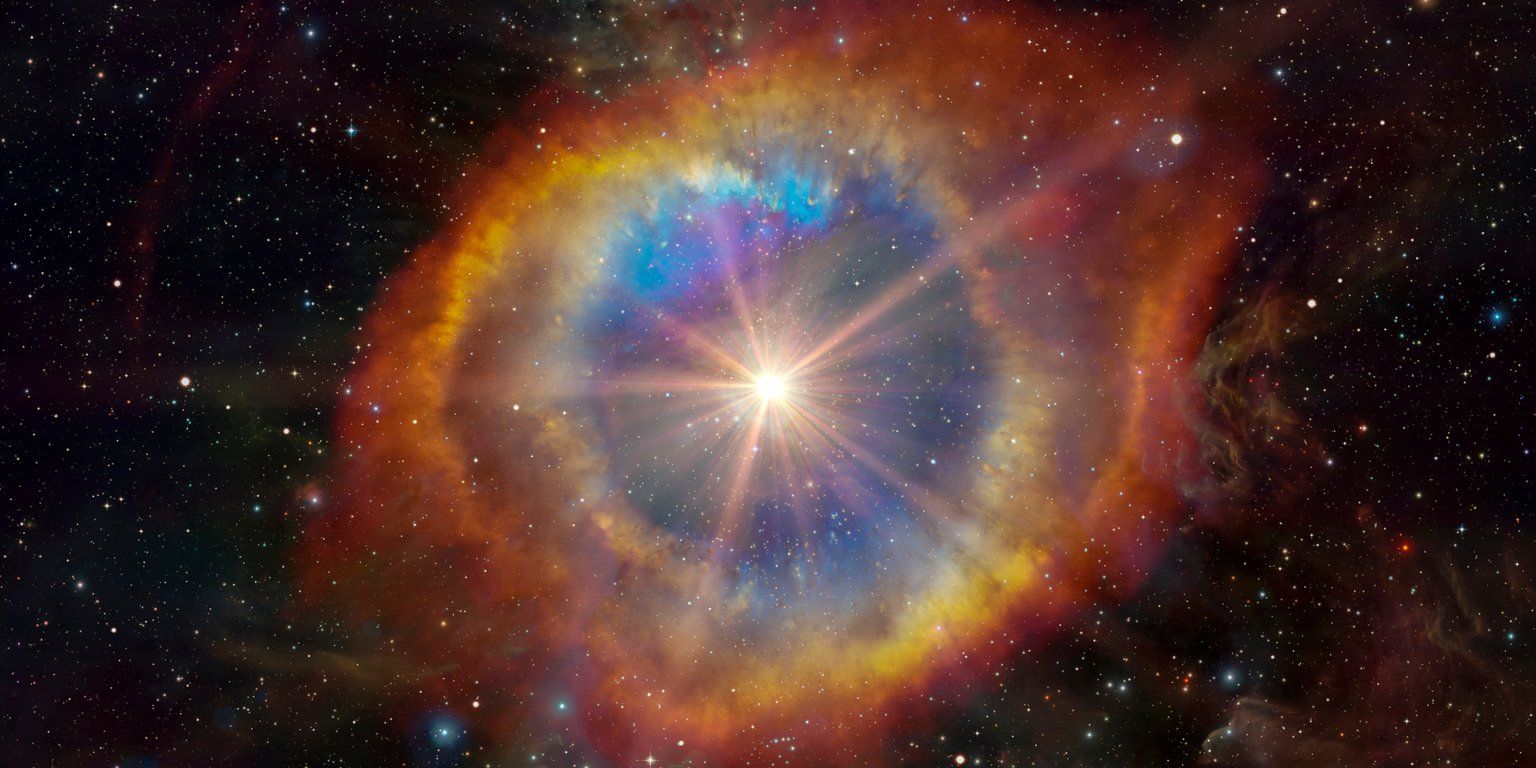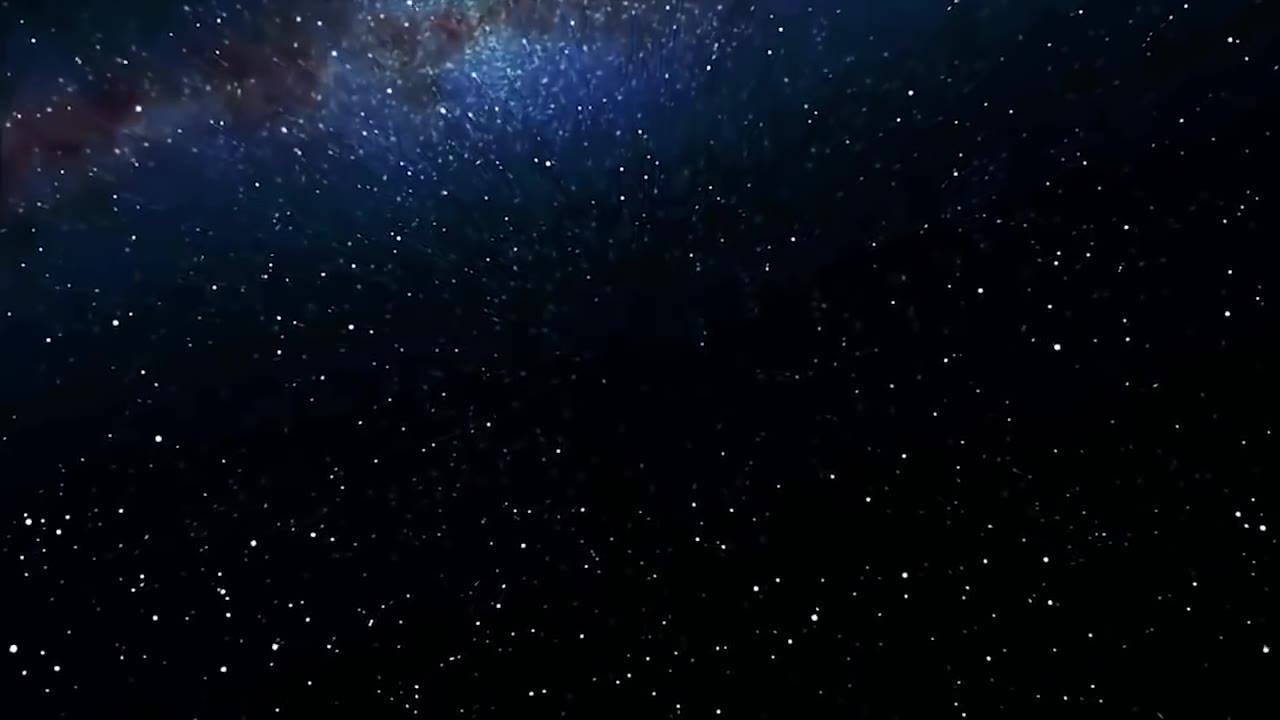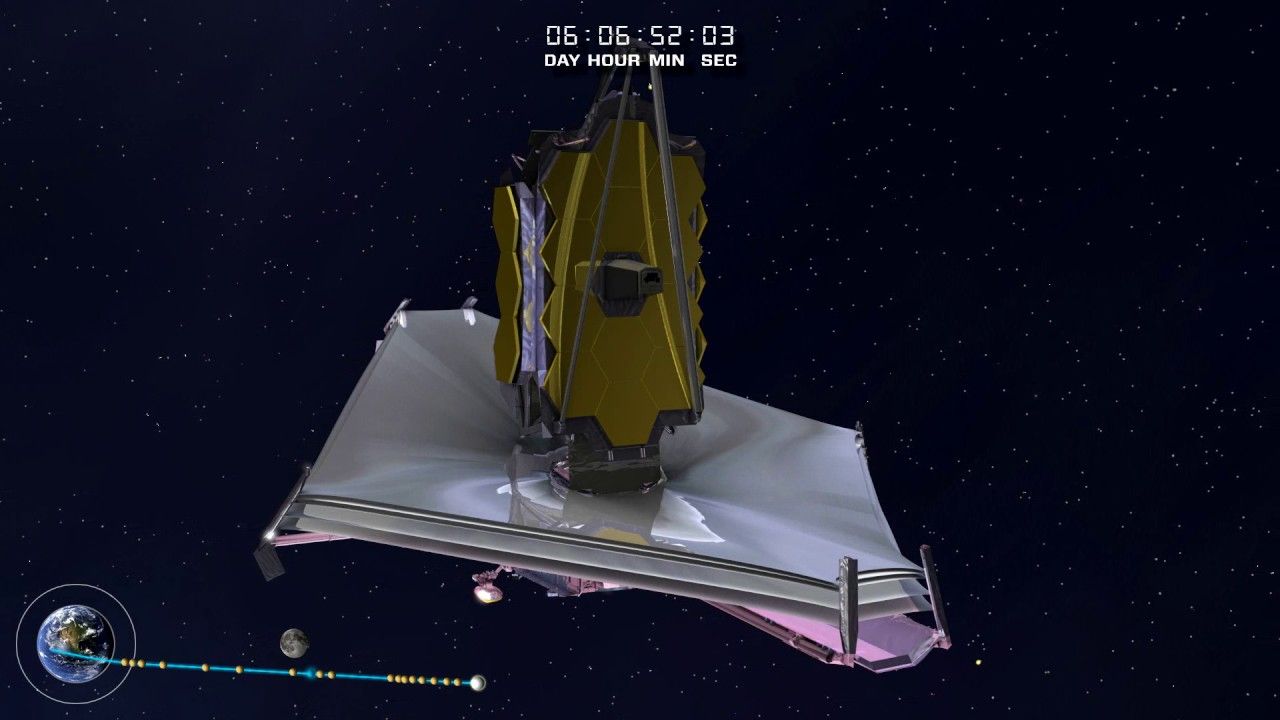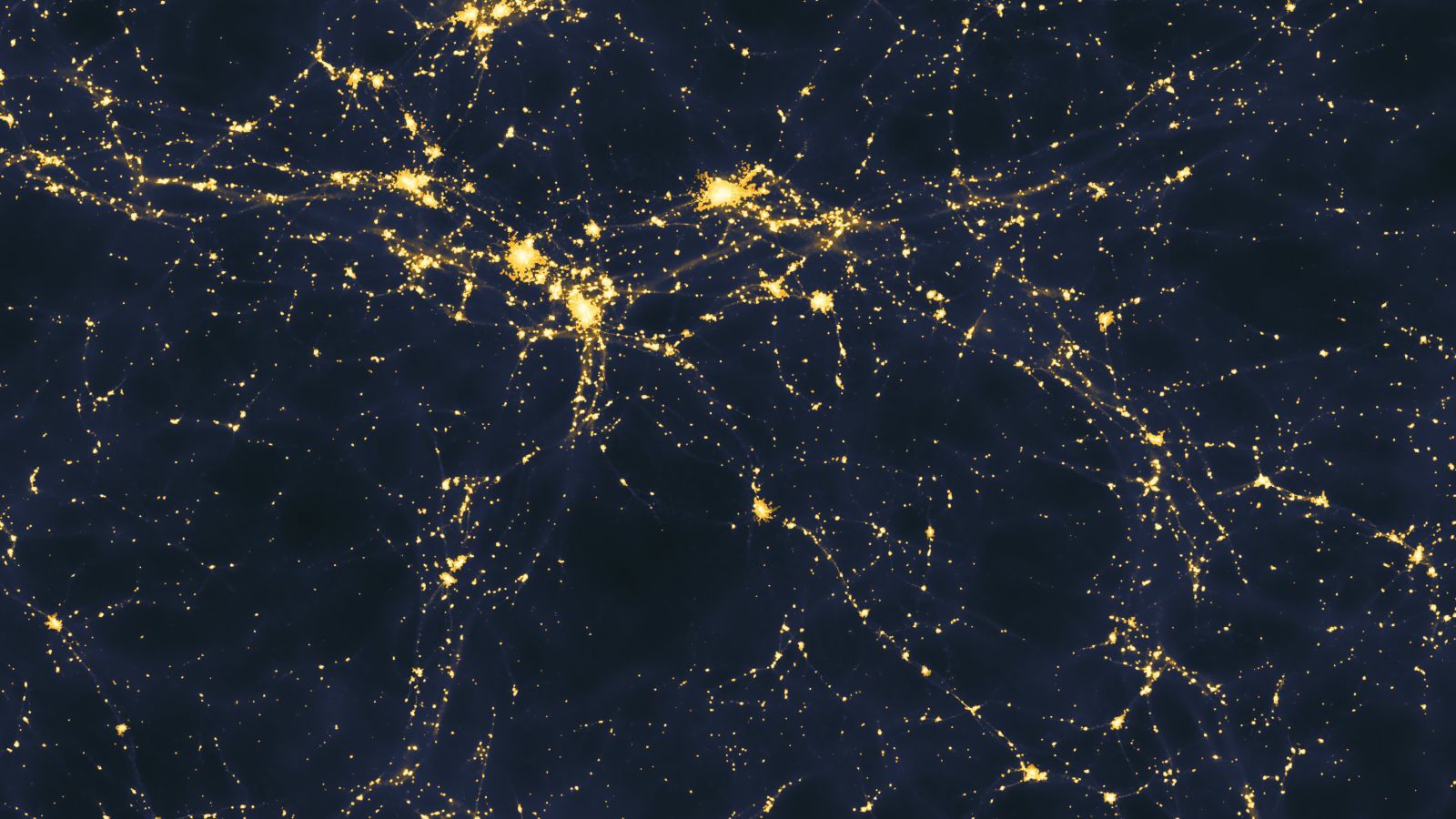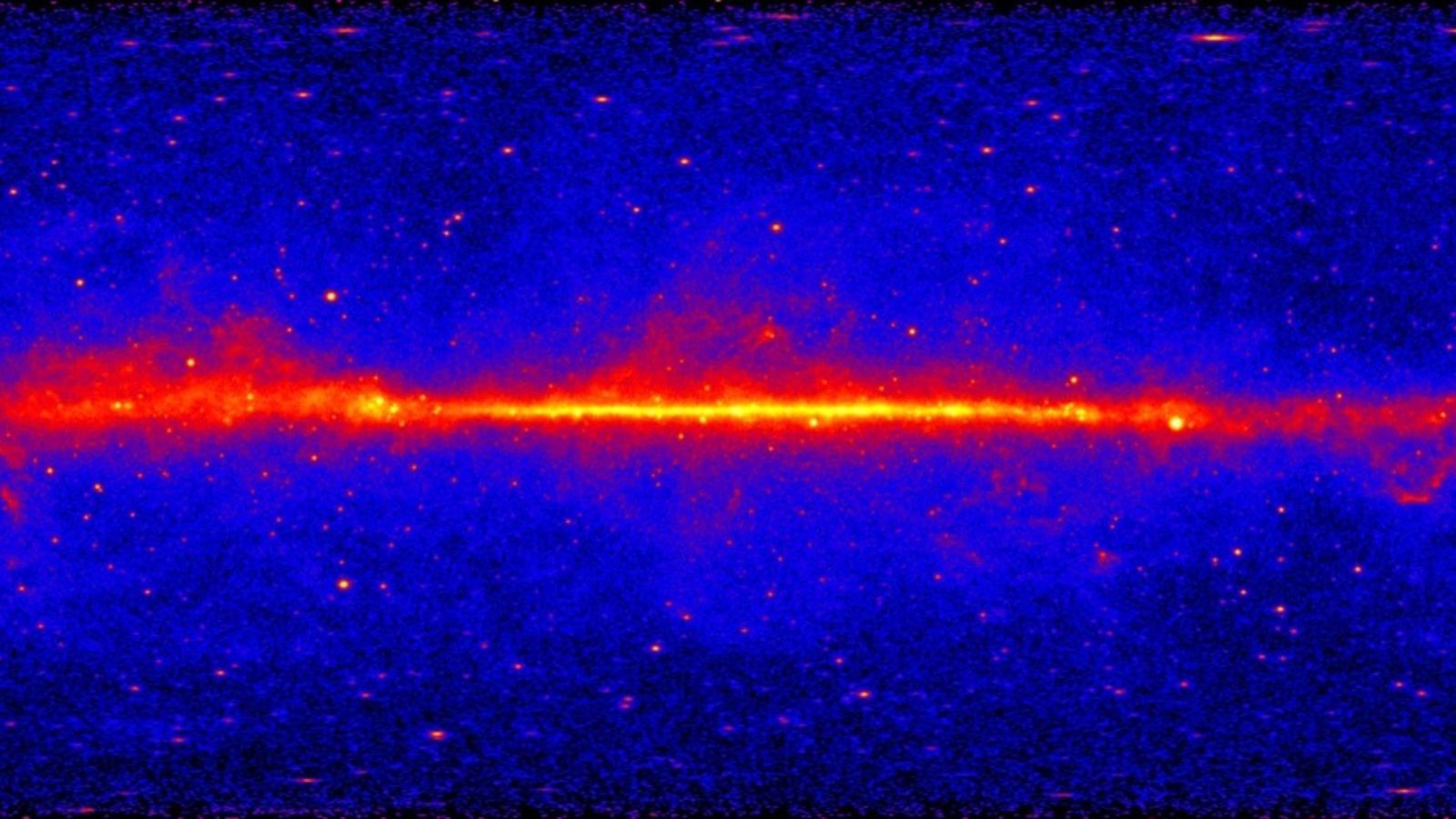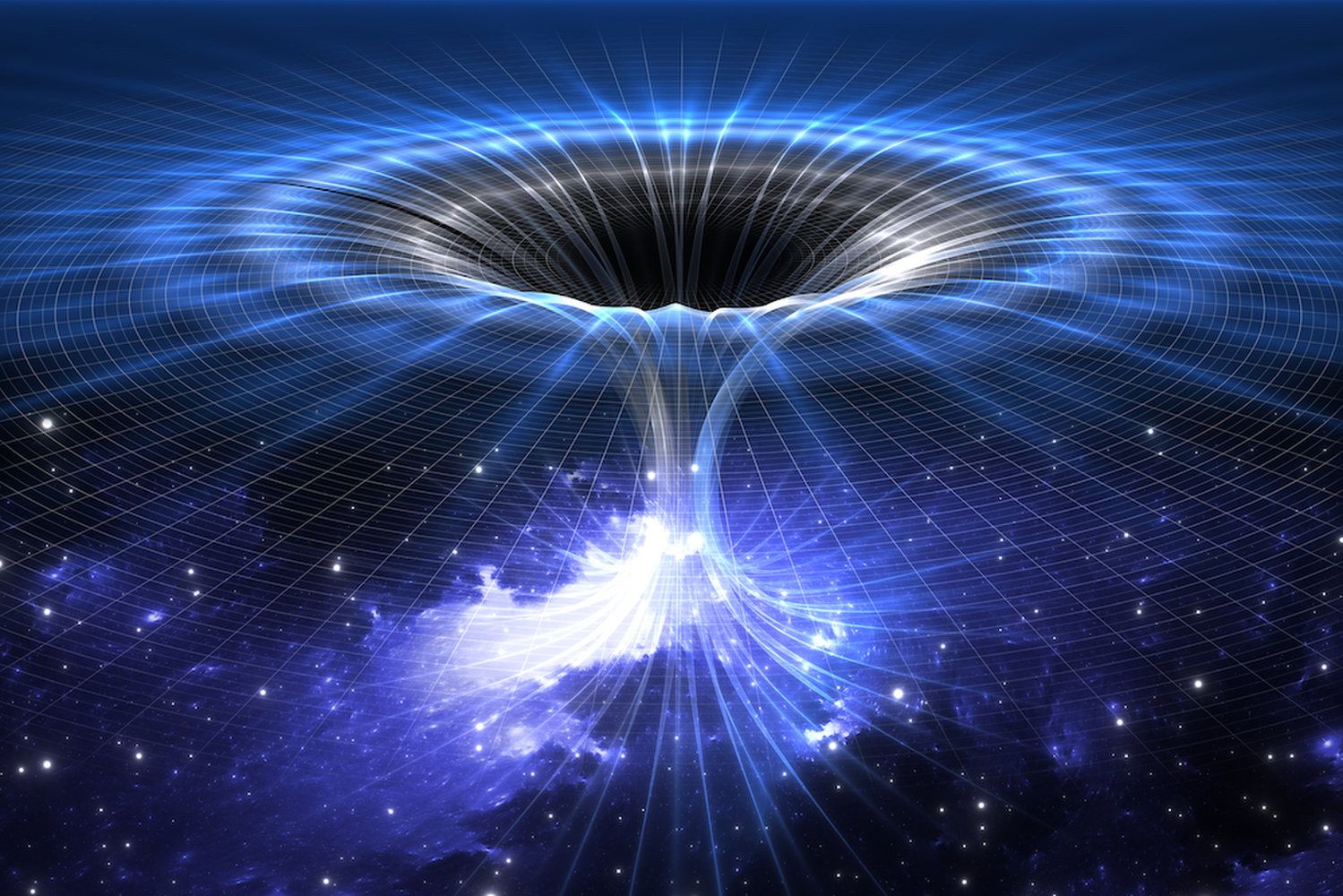
For something that supposedly takes up 80 percent of the total mass of the universe, we don’t know a whole lot about dark matter. Sometimes the lightless stuff reveals hints about its shape; other times it completely thwarts any evidence supporting its existence. Since we can’t observe it first-hand, we rely on indirect means to suss out information about it, like watching the interactions between other forms of matter. Now, scientists have developed a new “test” to make those investigations more definitive, leading us closer to answering the question: Is dark matter even real? And if it’s not, then is everything we know about gravity wrong?
In a study, published Monday in Physical Review Letters, a team of scientists from the University of Bonn that also includes Hubble Fellow Marcel S. Pawlowski, Ph.D. of the University of California, Irvine, introduce a computer model that can simulate how certain small galaxies should move if dark matter exists. Though dark matter does not absorb or emit light, it still interacts with visible matter through gravity, so it’s expected to make the stars around galaxies move in specific ways.
Pawlowski explains to Inverse in an email that within the little galaxies in question — satellite “dwarf” galaxies, crowding around the edges of big galaxies like the Milky Way — the acceleration of stars speeding around the galaxy’s center is described by a term called the radial acceleration relation, or RAR. “With the new study, we simulate such dwarf galaxies under the assumption of the ‘standard’ dark matter model, [to] determine what kind of behavior would be expected for the dwarfs,” he says. “We find that the simulated dwarf galaxies largely continue the RAR to lower accelerations.” Now that they know how those dwarf galaxies are supposed to move if dark matter exists, they can compare the simulations to real-life data on the movement of those galaxies.
Continue reading “Dark Matter ‘Test’ Will Either Prove Its Existence or Modify Gravity” »
